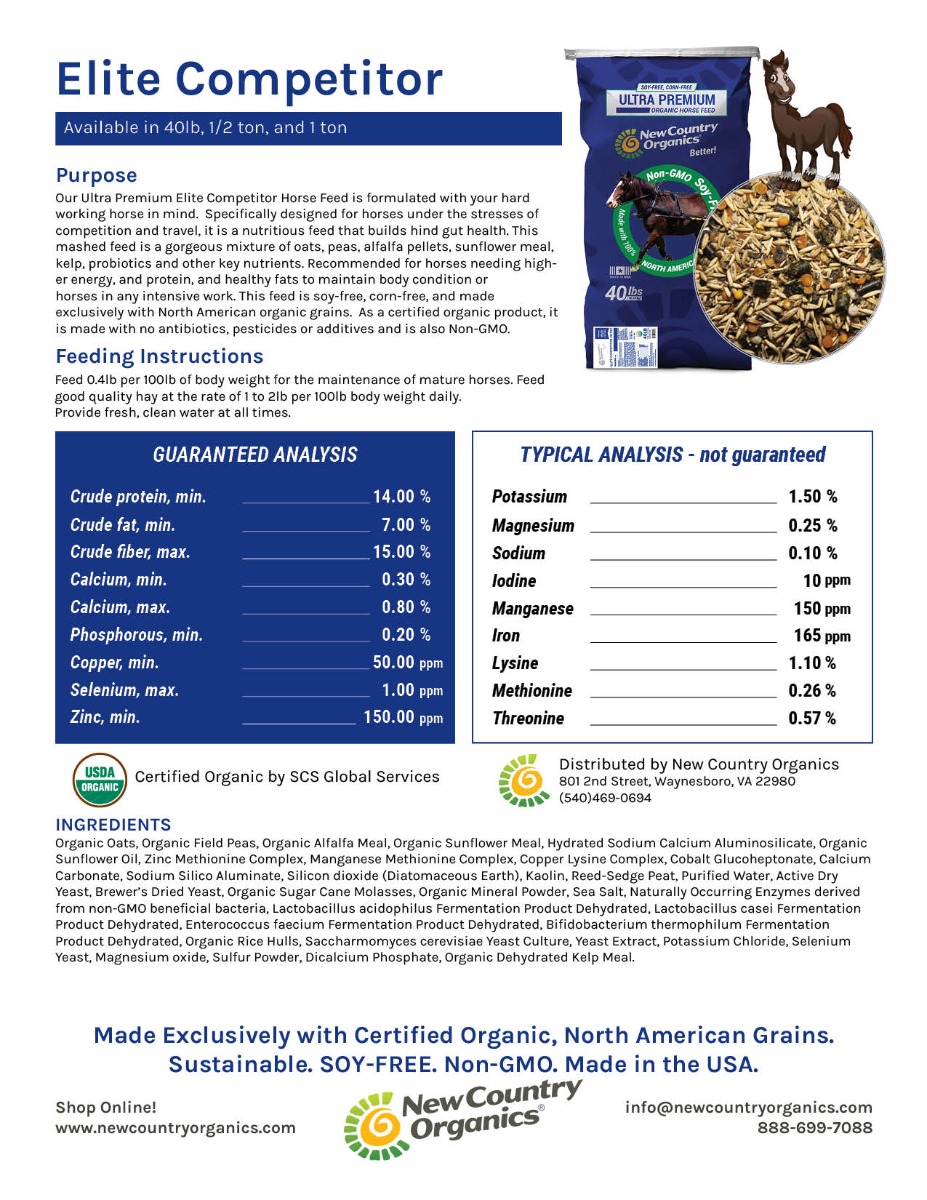Feeding Horses with Temperature Stress: A Comprehensive Guide

Temperature stress, whether from extreme heat or cold, significantly impacts a horse’s nutritional needs and overall health. Understanding how to adjust feeding practices during these periods is crucial for maintaining equine well-being and performance.
Understanding Temperature Stress in Horses
Temperature stress occurs when environmental temperatures challenge a horse’s ability to maintain its normal body temperature. This can be due to:
- Heat Stress: High temperatures and humidity increase the risk of dehydration and heat exhaustion.
- Cold Stress: Low temperatures require more energy for thermoregulation to keep the horse warm.
Both conditions affect metabolism, appetite, and nutrient requirements.
Effects of Temperature Stress on Feeding
| Temperature Condition | Impact on Horse | Nutritional Considerations |
|---|---|---|
| Heat Stress | Reduced appetite, increased water loss | Provide electrolytes, increase water intake, feed smaller, more frequent meals |
| Cold Stress | Increased energy demand, potential weight loss | Increase calorie intake, provide high-fiber forage, ensure access to fresh water |
Feeding Strategies During Heat Stress
- Hydration is Key: Ensure constant access to clean, cool water. Horses can drink 10-20 gallons per day in hot weather.
- Electrolyte Supplementation: Replace minerals lost through sweating to prevent imbalances.
- Adjust Feeding Times: Feed during cooler parts of the day (early morning or late evening) to encourage intake.
- Feed Quality Forage: High-quality hay supports digestion without generating excessive metabolic heat.
Feeding Strategies During Cold Stress
- Increase Energy Intake: Provide additional calories through grains or fat supplements.
- High-Fiber Diet: Fiber digestion generates heat, helping maintain body temperature.
- Regular Feeding Schedule: Consistent meals support steady energy supply.
- Monitor Body Condition: Adjust feed based on weight and coat condition.
Sample Feeding Plan Table
| Time of Day | Heat Stress Feeding | Cold Stress Feeding |
|---|---|---|
| Morning | Small hay portion, electrolyte water | High-fiber hay, grain supplement |
| Midday | Light forage, fresh water | Forage, water access |
| Evening | Small hay portion, electrolyte water | High-energy feed, water |
Frequently Asked Questions (FAQ)
Q1: How can I tell if my horse is suffering from heat stress?
- Signs include excessive sweating, rapid breathing, lethargy, and decreased appetite.
Q2: What are the best supplements for cold weather feeding?
- Fat supplements, beet pulp, and high-quality grains are effective.
Q3: Should I change the type of hay during temperature extremes?
- Generally, maintain high-quality forage; however, during cold stress, prioritize higher fiber content.
Q4: How important is water quality during temperature stress?
- Extremely important; horses may refuse to drink if water is too warm or dirty.
Conclusion
Proper feeding management during temperature stress is essential to support your horse’s health, performance, and comfort. By understanding the effects of heat and cold on equine nutrition and implementing targeted feeding strategies, you can help your horse thrive year-round.
This guide aims to provide horse owners and caretakers with actionable insights to optimize feeding practices under temperature stress conditions.
